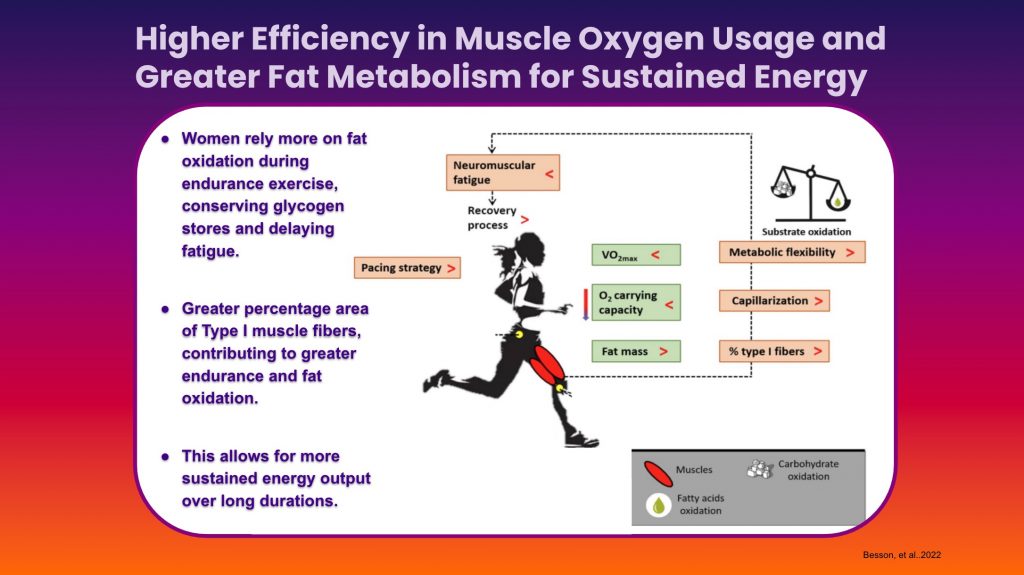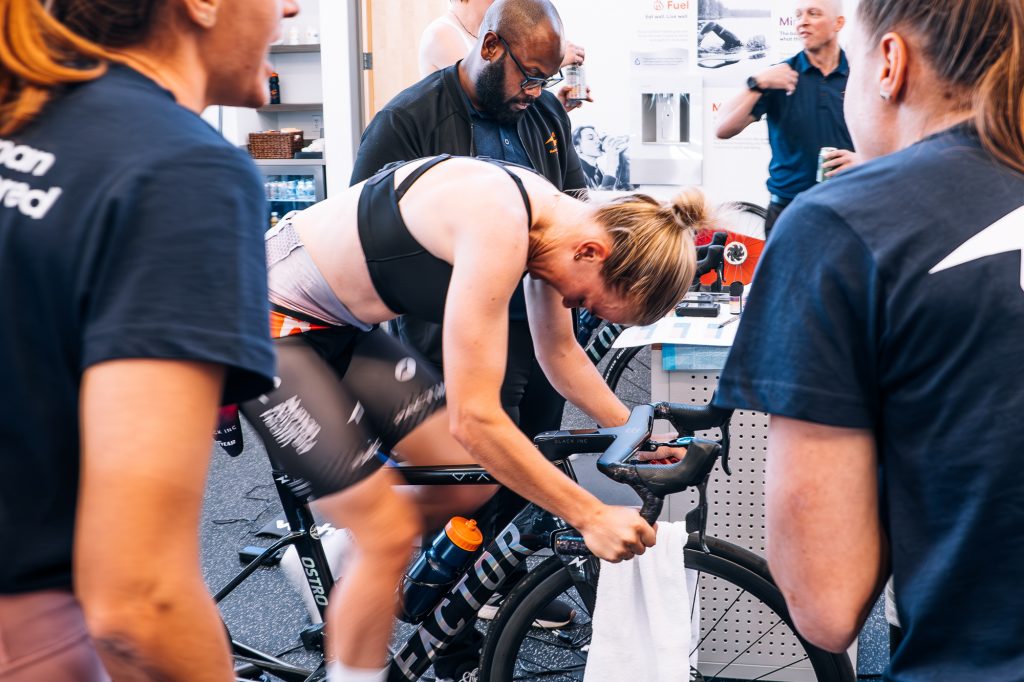Blog

2025 © Humango
Blog
Endurance sports have long been seen as a test of physical and mental grit, and women have continually shattered expectations. From ultra-distance cycling to Ironman triathlons, women athletes are proving that their physiological and psychological strengths make them uniquely suited for endurance competition. In a recent discussion featuring world-class triathlete Daniela Ryf and national champion Ruth Edwards, professional cyclists for Human Powered Health Cycling, the conversation highlighted the power of women’s endurance, the role of physiology, and the mental strategies that drive success.

Research increasingly shows that women have unique advantages in endurance sports. Their ability to metabolize fat more efficiently, sustain steady energy output, and demonstrate greater resistance to fatigue makes them well-suited for long-duration efforts.
Hormonal fluctuations, however, can also present challenges. Tracking the menstrual cycle and understanding its impact on performance can help athletes optimize their training and race-day strategy.
Ruth Edwards emphasized the value of tracking her cycle to anticipate changes in energy levels, anxiety, and recovery needs. By planning around these fluctuations, she maximizes her performance rather than letting her cycle be an unpredictable variable.
Another compelling part of our women's endurance conversation was Daniela Ryf’s approach to racing, even when her body wasn’t at 100%. When asked if she ever considered not starting a race due to her cycle, she responded with an emphatic no. For her, once she commits to a race, she follows through—regardless of how she feels that day. While some days require taking painkillers to manage discomfort, she focuses on giving her best in whatever capacity she has in the moment.
Edwards shared a similar mindset, noting that as a professional road cyclist, racing 40-70 times a year means that some races will inevitably fall on difficult days. Rather than allowing discomfort to derail her efforts, she embraces preparation and awareness. She highlighted that knowing her hormonal cycle in advance allows her to adjust expectations and strategies accordingly—whether that means fueling differently, managing race-day anxiety, or setting realistic goals based on her body’s needs.
Endurance sports often seem like an individual pursuit, but Ryf and Edwards both emphasized the deep connections forged through training and racing together. Ryf recalled how her early years in triathlon were shaped by training with an older athlete, which motivated her to push beyond her limits. Having someone to chase and learn from helped her evolve more rapidly as a junior athlete.
Training partners not only provide motivation but also create a sense of accountability. The camaraderie built through shared suffering and success fosters friendships that extend far beyond the finish line. Edwards reflected on how even if she doesn’t see certain training partners often, their influence on her career and mindset remains strong. The relationships built in endurance sports last a lifetime.
One of the key takeaways from the discussion was that there is no one-size-fits-all approach to managing endurance performance as a woman. Each athlete must learn how their body responds to different phases of their cycle, how their energy levels fluctuate, and what strategies work best for them.
Some women, like Ryf, push through pain and discomfort without hesitation. Others, like Edwards, use tracking to plan and adjust expectations in advance. Neither approach is superior—the key is self-awareness and strategic adaptation.

As more conversations like this one take place, the stigma around discussing menstrual cycles, hormonal changes, and endurance performance continues to fade. Women are learning to harness their physiology rather than fight against it. More research, coaching resources, and technological advancements in cycle tracking will continue to empower women athletes to perform at their best.
For endurance athletes looking to optimize their training, the key lessons from Ryf and Edwards are clear:
By adopting these strategies, athletes of all levels can maximize their endurance potential and redefine what’s possible in the world of endurance sports.
If you missed the webinar, you can watch the recording here:
If you'd like to start training with an intuitive program that can adjust based on how you're feeling, try out Humango.
Posted by Jessica